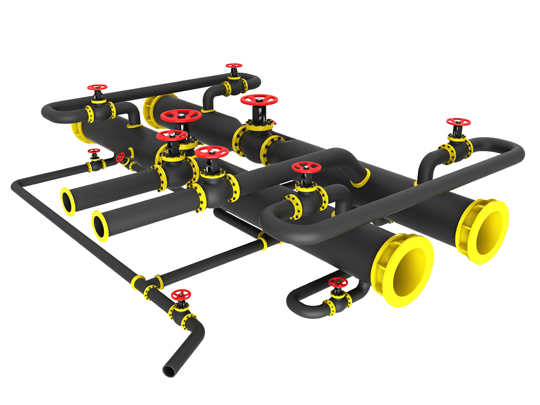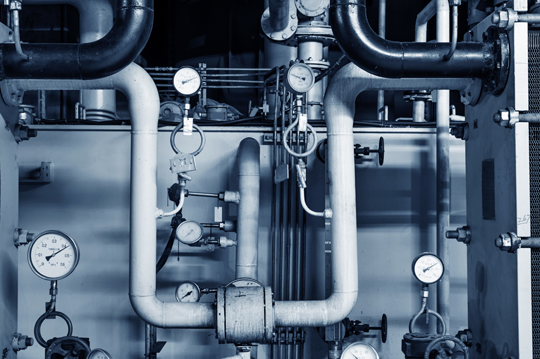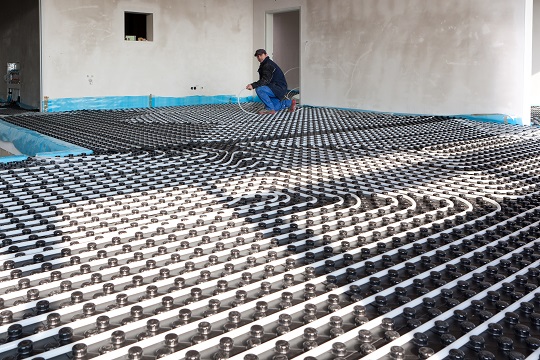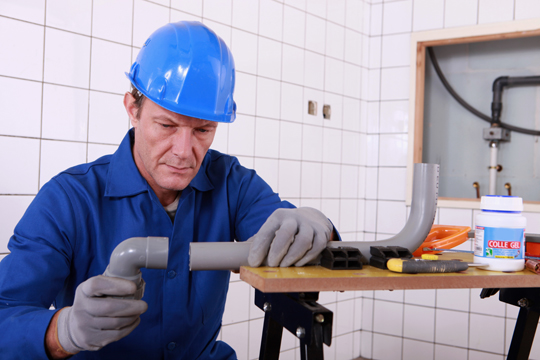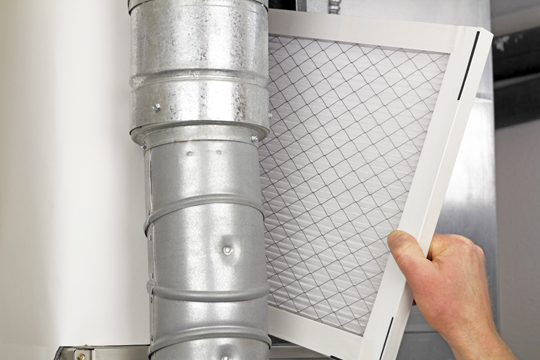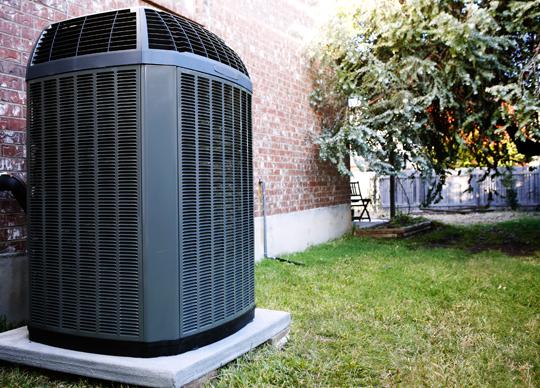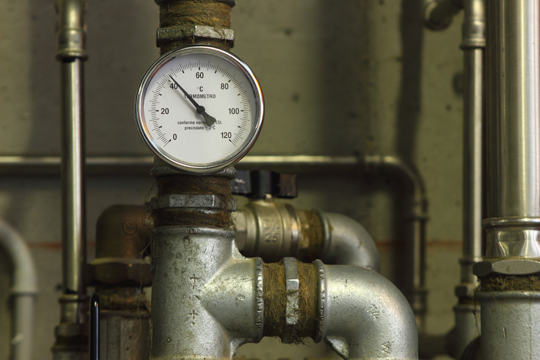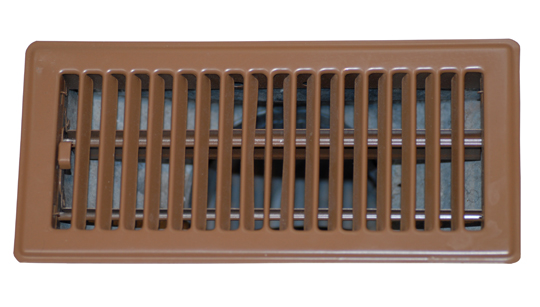Oil furnaces are great systems that keep your homes heated. They last up to twenty years of service, and they won’t cause any problems or difficulties unless you neglect them and forget to have them inspected once per year. Let’s look into oil furnace prices.
How Much Does An Oil Furnace Cost?
If you wish to acquire an oil furnace, prices vary from $2,000 up to $10,000. An average model with basic features can cost $2,000 or more, up to $5,000. If you choose to buy a special model, your purchase may amount to $10,000.
What Factors Should You Take into Consideration When Buying an Oil Furnace?
It would be great to successfully straddle the issues of safety, cost-efficiency, and energy savings you can make in time. You should know certain details in order to be able to make a choice. Here are 4 important imperatives you should pay attention to if you want to have an oil furnace with a longer lifespan:
1. Choose your furnace according to the space you can allocate in your home.
2. Pick your oil furnace according to the temperatures you prefer.
3. Don’t buy an oversized/undersized furnace.
4. Spend efficiently.
You shouldn’t buy an oversized furnace because it can trigger higher fuel consumption. However, an undersized oil furnace may be cheaper, but will probably not heat your home adequately. There is no golden formula – you should have in mind the amount of space that the heating system will fill.
The saving of energy is a very important factor as well. AFUE shows you the amount of energy that is turned into actual warmth. Why should you think of AFUE? Because it is translated into the money you pay for your energy supply – a better AFUE means a friendlier bill.
Need Professional Advice?
If you need more information on this topic or want expert help, TalkLocal can put you in contact with specialists ready to assist you with the buying of a new oil furnace.

